Investor Interaction
Tel: 021-35907666
Email: ir@jahwa.com.cn

Create more sustainable products
In 2021, Shanghai Jahwa established the qualitative concept of the products social and environmental impact throughout the life cycle covering new product development or product upgrading. The Product Life Cycle Analysis (LCA) puts forward the direction for the sustainable performance from five main aspects: efficacy improvement, safety and health, raw materials and wastes, energy consumption and climate impact, and water and wastewater discharge. Based on the Product Life Cycle Analysis (LCA), we can analyzed on sustainable performance of new or updated products, and constantly create more sustainable products.
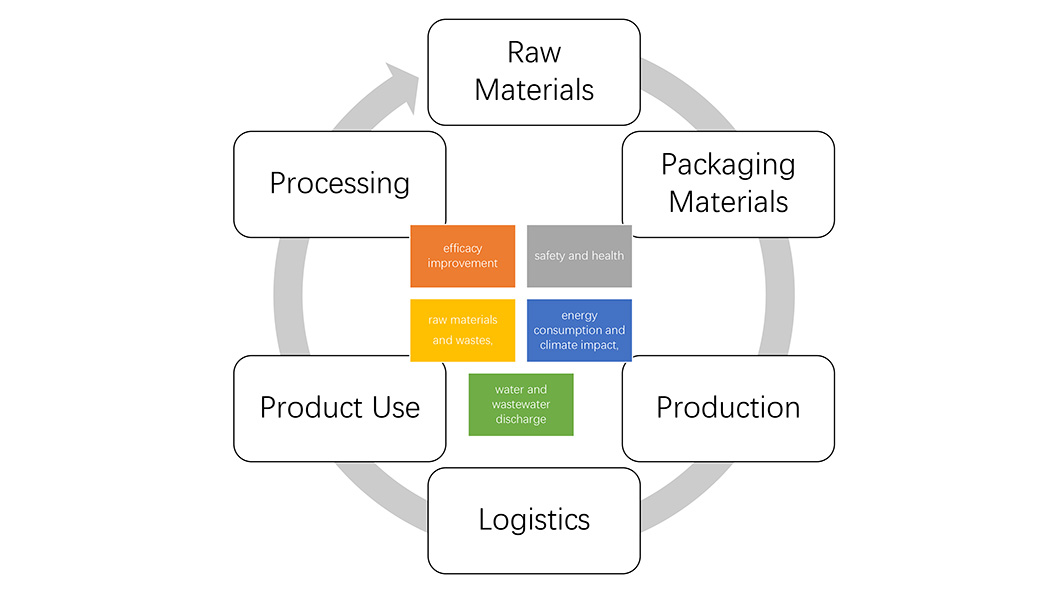
Performance evaluation tool for sustainable development of Shanghai Jahwa products
Chemical Safety
Choose safe chemical
The Company observes applicable laws and regulations strictly in terms of product ingredients1, and eradicates prohibited ingredients including but not limited to 1,000-odd prohibited components or plant (animal) components listed in Table 1 and Table 2 of the Safety and Technical Standards for Cosmetics 2015, such as benzene, bisphenol A, hydroquinone, antibiotics, estrogens, asbestos, dioxane, methanol, lead, arsenic, mercury, cadmium and other heavy metals.
The Company reduces or bans the use of controversial ingredients continuously in R&D of new products. Referring to domestic and foreign applicable standards and requirements, the Company prohibits controversial preservatives such as formaldehyde releasers, kathon CG and MIT preservatives in new personal care products, and prepares plans of upgrading formulas containing these preservatives to reduce the use of them.
Some Important Chemical Safety Standards Referred to by the Company
- China: Safety and Technical Standards for Cosmetics 2015
- EU Regulation (EC) No 1223/2009 of the European Parliament and of the Council of 30 November 2009 on cosmetic products
- US: Cosmetic Ingredient Review (CIR)
- EU: applicable regulatory requirements released by Scientific Committee on Consumer Safety (SCCS)
Some Standards Referred to in Natural and Organic Attempts
- 12 Principles of Green Chemistry
- Cradle to Cradle certification
- ISO 16128 1/2 Guidelines on technical definitions and criteria for natural and organic cosmetic ingredients and products - Part 1: Definitions for ingredients; Part 2 Criteria for ingredients and products
- OECD 301/302 Ready Biodegradability/Inherent Biodegradability
Shanghai Jahwa specifies some key indicators of green raw materials: source and biodegradability, in the life cycle of raw materials, no prohibited ingredients, green production technology, safety and efficacy, etc. It makes efforts to ensure the sustainability of products by carefully selecting of raw materials.
We keep ingredients transparency & safety
In order to ensure the quality safety of cosmetics, and make clients rest assured, Shanghai Jahwa discloses all ingredients on its product packaging in strict accordance with national laws and regulations, thus ensuring all the ingredients transparency & safety.
We are always dedicated to providing you with safe products and sincerely listening to the voice of consumers. For questions about the function and safety of product ingredients, you can call the customer hotline 400-820-3988, and we will get back to youas soon as possible.
About Natural Ingredients
With the vigorous development of the modern chemical industry, chemical ingredients play an increasingly important role in the healthy life of mankind. Therefore, unsafe chemical ingredients may place additional burden on the skin of consumers and impair their skin health. Nature breeds all things. In recent years, the beauty concept of natural health has come into the eye of the public.
It is believed that natural ingredients have numerous secrets yet to be discovered. Not all natural ingredients are safe to use, and sometimes they are even skin allergens. Holding a rational view of "natural ingredients", the Company has never stopped researching them and remains committed to finding natural active ingredients with better and safer efficacy for consumers.
About microbeads
Plastic microspheres often refer to solid plastic particles with a diameter of 5 mm or less, which are insoluble in water and difficult to completely degrade. Plastic microspheres come from a wide range of sources, such as plastic fragments (such as plastic bottles, plastic bags, etc.) that decompose and break in the natural environment, or fiber hair balls that peel off synthetic fiber fabrics during washing. As there are large quantity of plastic particles widely distributing in the environment, the pollution problem of microplastics has attracted the attention of all countries.
Microbeads in personal care cleaning products are mainly used for scrubbing, exfoliating or cleaning our skin. In order to avoid the risk of harm to the environment, the Company actively respond to the opinions of relevant state departments, namely, adopting natural or degradable frosted particles such as cellulose particles, microcrystalline cellulose, hydrated silica, walnut shell particles and corn particles, rather than traditional plastic frosted particles.
Sustainable products
Safety and quality of our products
We strictly comply with all applicable national laws and regulations related to the supervision and administration of cosmetics
Shanghai Jahwa takes product safety as the core goal, and quality as the root of the enterprise survival. We strictly complies with all applicable national laws and regulations related to the supervision and administration of cosmetics, while developing all our products, aiming to offer vast clients quality, safe and healthy products, practicing the mission of serving all the clients sincerely.
Important national laws and regulations (partially intercepted)
| Regulations on Supervision and Administration of Cosmetics | Measures for the Administration of Cosmetics Registration and Filing |
| Provisions on the Administration of Cosmetics Registration and Filing Materials | Technical Guidelines for Safety Evaluation of Cosmetics |
| Classification Rules and Catalogues of Cosmetics | Standard for Evaluation of Cosmetic Efficacy Claims |
| Measures for the Administration of Cosmetic Labels | Measures for the Supervision and Administration of Cosmetic Production and Operation |
| Code for Registration and Record Inspection of Cosmetics | Technical Specification for Cosmetic Safety (2015 Edition) |
| Regulations on Pesticide Management (2017) | Measures for the Administration of Disinfection (2018) |
| Good Manufacturing Practices for Disinfectants | Technical Requirements for Health and Safety Evaluation of Disinfection Products |
| General Requirements for Labeling Instructions of Disinfection Products | Product Quality Law of the People's Republic of China |
| Provisions on the Administration of Registration and Filing Materials of New Cosmetic | Provisions on Supervision and Administration of Children's Cosmetics |
| Standard for Quality Management of Cosmetics Production |
Product Quality Control
Shanghai Jahwa has established a full-process product quality control system covering raw materials and finished products as well as design, development and consumer use pursuant to the Cosmetics Supervision and Administration Regulations (hereinafter referred to as the "Regulations") and other applicable laws and regulations in order to ensure that its product quality and production process meet the requirements of national laws, regulations and standards, and that the safety, effectiveness, applicability and stability of products meet the needs and expectations of consumers. Regarding quality management, the Company has passed the certification of ISO9001 Quality Management System Standard and ISO22716 & CGMP-US Good Manufacturing Practice Guidelines for Cosmetics.
Quality Control Requirements for Different Kinds of Products under Development
- The Company has worked out the Development and Production Quality Specifications for Giving Products dedicated to Giving, a children's skin care brand of Shanghai Jahwa. The document specifies stricter requirements in safety evaluation of raw materials, design and development verification, procurement and supplier management, production process, inspection and release to ensure the safety and quality of Giving products and minimize product quality and safety risks.
- Observe the national requirements of cosmetics registration and filing, and arrange tests specific to physical, chemical and microbiological indicators, and safety of products.
- Conduct necessary efficacy validation tests.
- Follow internal development standards and procedures for formula development in such links as laboratory design, small test, initial expansion experiment and pilot scale-up to fully ensure the stability and consistency of material quality, and formulate internal control quality standards that are stricter than national and industrial ones.
- Follow internal development standards and procedures for formula development in such links as laboratory design, small test, initial expansion experiment and pilot scale-up to fully ensure the stability and consistency of material quality, and formulate internal control quality standards that are stricter than national and industrial ones.
Concepts and Methods of Product Safety Assessment
At the product development stage, the Company has introduced the quality control requirements for different kinds of products under development. Key quality control links include quality safety review and evaluation and standard formulation for raw materials, formula stability, preservation challenge testing, safety evaluation, efficacy testing and production process verification.
For raw material control, the Company specifies that the use of new raw materials, changes in formulas and changes in raw material sources should receive test, verification and evaluation by professionals to ensure product safety to the greatest extent.
For product safety testing, the Company has established a strict closed-loop safety evaluation system to ensure product safety and efficacy excellence.
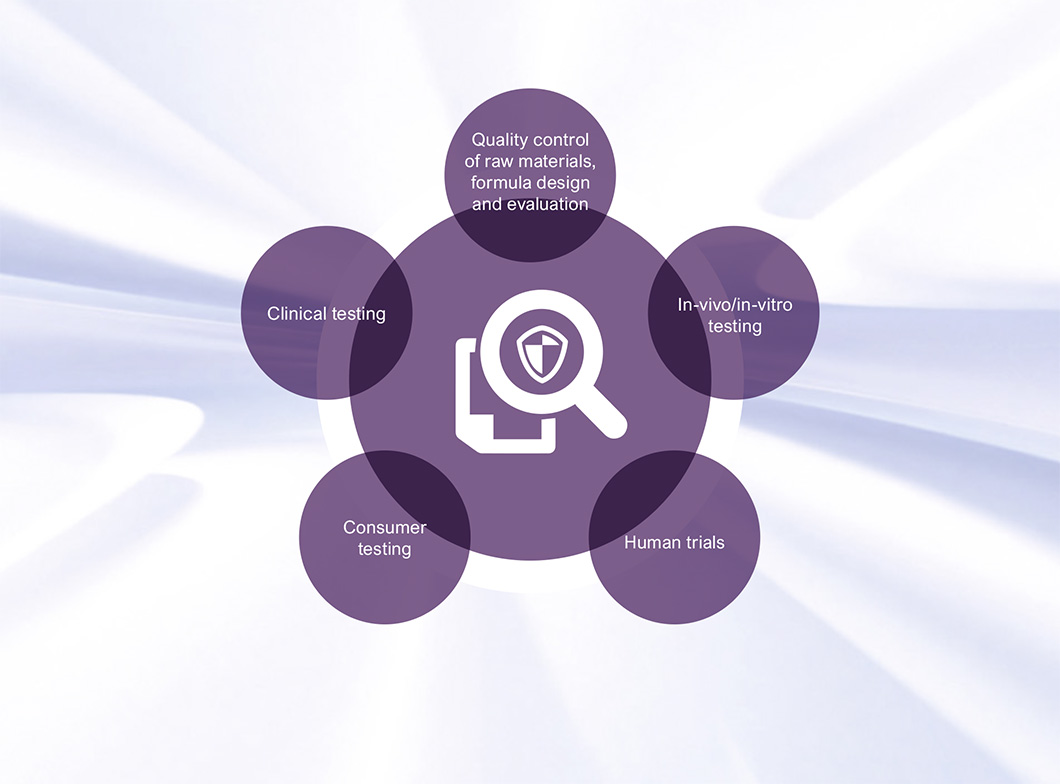
Exploring Innovative methodological and external cooperation
Apart from existing safety evaluation methods, Shanghai Jahwa has also been making breakthroughs and innovation attempts. For instance, in order to further improve the user experience of products and remedy the limitation of acute eye irritation tests, the scientific research team of Shanghai Jahwa has developed the transient receptor potential vanilloid type 1 (TRPV1) activation test. To be specific, the team built a nerve cell model that can predict pain stimulus using the activation mechanism of TRPV1 receptor to simulate the process of feeling pain by pain-related neurons in human cornea to visualize pain sense signals.
Shanghai Jahwa has cooperated extensively with hospitals, authoritative institutions and research institutes in the field of product safety research, such as Shanghai Dermatology Hospital, Shanghai Center for Disease Control and Prevention, Shanghai Customs Technology Center, Shanghai Food and Drug Administration Research Institute and other institutions, thus making continuous breakthroughs in the transformation of applied basic research.
1The ingredients listed above will not be actively added to cosmetics by the company, and may exist in cosmetics products due to unintentional factors, such as impurities from natural or synthetic raw materials, packaging materials, or production or storage of products. Assuming that production conditions meet the national mandatory regulations, if the prohibited ingredients have to be adopted as required by technology, the company will conduct safety assessment on cosmetic products to ensure that the company's products will not cause harm to human body under normal or reasonably foreseeable use conditions.

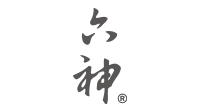 Liushen
Liushen Dr.Yu
Dr.Yu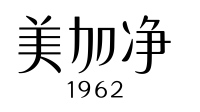 maxam
maxam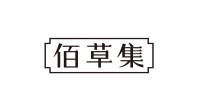 Herborist
Herborist VIVE
VIVE gf
gf Herborist Derma
Herborist Derma Giving
Giving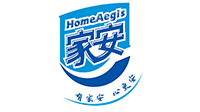 HomeAegis
HomeAegis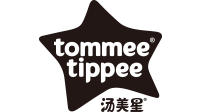 Tommee Tippee
Tommee Tippee


